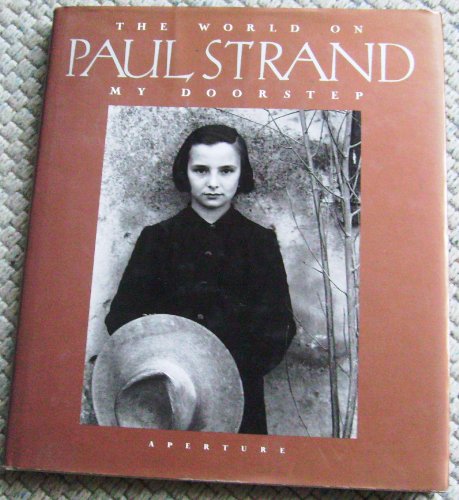In the 1950s, Strand moved to Orgeval, a small town near Paris, where he and his wife embarked on a series of photographs of France, Italy, the Hebrides, Egypt, Morocco, Romania and Ghana, which celebrated the qualities of endurance and renewal in these countries, as shown in this book.
In 1950 the photographer Paul Strand left New York for Europe, where he and his wife, Hazel, would remain for twenty-five years until his death, in 1976. Settling in Orgeval, a small town near Paris, Paul and Hazel begain traveling widely, as Strand searched for "the perfect village" - where, sustained by hard and honest work, men and women coexisted harmoniously with nature and machines. Using large-format 8-by-10 and 4-by-5 cameras for most of his work and creating prints with four-dimensional depth and vibrancy, he sought to depict a timeless sense of community.
Catherine Duncan met Paul and Hazel Strand soon after their arrival in Paris, in 1950. During the latter years of their friendship she worked closely with Strand on texts for his books and portfolios. Duncan lives in Paris, where she directs workshops on collage for the French Department of Education. She has published plays and essays, and The Grandmother's Book, for children.
Ute Eskildsen has been director of the photographic department at the Museum Folkwang, in Essen, Germany, since 1979. Since 1975 she has organized an exhibition program devoted to contemporary photography. She previously assisted Otto Steinert at the University of Essen and worked as a freelance curator. Specializing in photography of the 1920s, she has published several monographs and catalogs.
